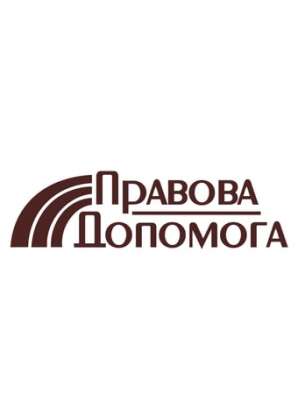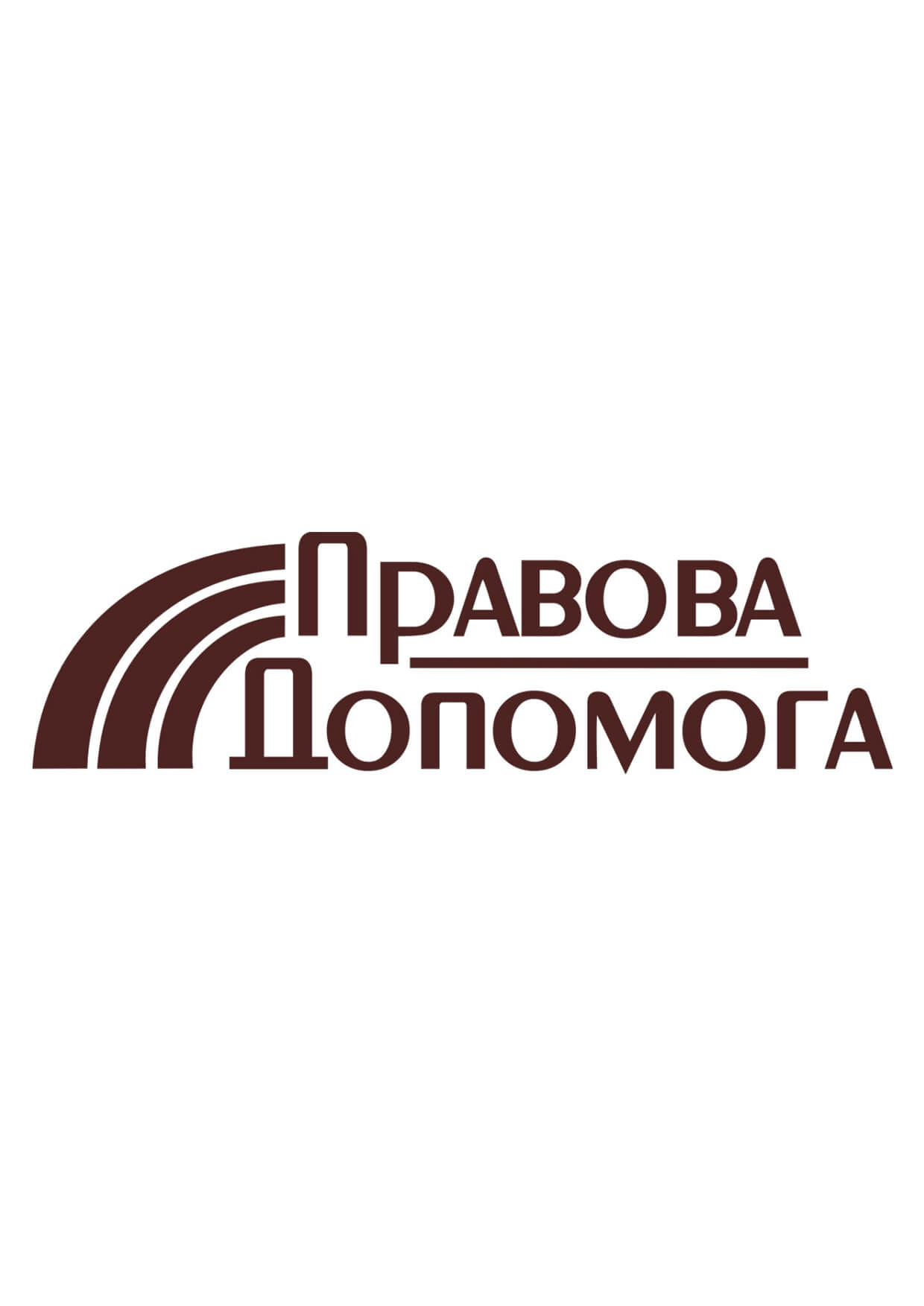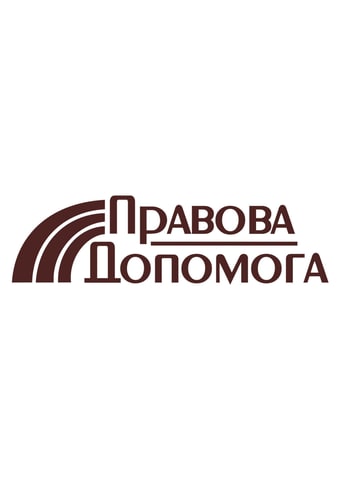Payroll Automation: Ukrainian company
Cost of services:
Reviews of our Clients
... our work on joint projects assured us of your high level of professionalism
When it comes to the position of "payroll accountant," many people imagine the following picture: an accountant opens a table (accounting system) once a month, and according to the list with the amounts of wages makes payments of money to the cards of employees. In practice, this is far from being the case.
The payroll block includes (but not limited to):
- job records;
- recording of employees' working hours (absences, leaves, sick leave, etc.);
- calculation of advance payment and salary;
- payroll tax accounting;
- accounting of the limits of salary accrual (minimum and maximum amounts);
- recording vacations and reserves for them;
- sick leave accounting;
- maternity pay record;
- overtime accounting;
- preparing and submitting reports to regulatory authorities.
The number of payroll accounting tasks involves a considerable amount of work, especially when it comes to the company's staff of 30 or more employees.
Most companies, when starting automation, first of all try to do it in the "Payroll" block.
The main goal that the owners want to achieve with automation is as follows:
- availability of information about the amount of pay to the narrowest possible circle of proxies;
- avoidance/reduction of errors in the calculation and payment of wages;
- speed of obtaining financial information (in terms of salaries);
- optimization of accountants (reduction of labor costs, on average, from 1 working day to 30 minutes per process).
Please note that automation is a rather expensive project. You should understand its advantages and expediency for your business. Based on our experience, we recommend considering automation if you fall under the following criteria:
- the company has more than 30 employees;
- there are part-time employees;
- collective agreement provides for irregular working hours, overtime, and business trips;
- payment by KPI;
- the company's practices include annual and additional vacations for employees, business trips for employees.
We will discuss this automation in more detail using the example of one of our Clients’ cases.
You may also like: Accounting for the Costs of New Product Development in Ukraine
How do we help automate the work of an accountant?
We were approached by the owner of a clothing company. The company has 75 employees, including a director, an accountant, and an HR specialist.
The client requested assistance in solving a problem with payroll accounting, namely:
- lack of automation of accounting (all calculations are made in Excel);
- lack of established communication between the participants of the process (employee of the HR department - director - accountant);
- lack of information security (information about the company is stored on employees' computers);
- high labor costs for the maintenance of the process - each of the employees works on a full-time basis (the personnel manager and the accountant only service the process);
- discrepancies between the information of each participant in the process (one of the participants made a change in the document, but did not notify his/her colleagues about the amendment).
Note. The company has an accounting system, but it does not calculate payroll due to the fact that payroll data is entrusted only to the director.
Interaction of employees involved in the payroll accounting process:
1. An HR employee prepares timesheets (and other personnel documents) in Word (and saves the documents to a folder on her own computer).
2. Based on timesheets, the director calculates advances and salaries in Excel (saves documents to a folder on his own computer).
3. The accountant transfers to the accounting system the data on the accrued wages and calculates taxes on it. In case of vacation or sick leave, she performs calculations in Excel and enters the information into the accounting system.
Participants in the process are constantly waiting for information from each other, which sometimes gets lost.
After studying the client's problem, we suggested the following solution:
- Describe the payroll process;
- Identify the persons responsible for the process and fix the deadlines for the work;
- Set up a block of personnel and payroll accounting in the existing accounting system (since the company already has an accounting system and keeps records there).
Let's talk in more detail about each step of this task.
You may also like: Business Trips for Employees. How to Automate Business Trip Processing
Stages of payroll automation
Step 1: Interviews with participants in the process
At this point, we interviewed everyone in the process about their payroll-related responsibilities:
- observed the practical execution of tasks (where and how the employee enters and saves data);
- determined the difficulties faced by the employee;
- recorded the wishes and ideas to improve the work (the employees do not always make these suggestions).
Step 2. Describing the payroll accounting process
At this stage, we have identified the responsible persons for the process and their tasks:
- Heads of departments - daily timekeeping and attendance monitoring of their subordinates, personnel movements of department employees (hiring, firing, etc.);
- HR specialist - responsible for personnel documents (timely formation of the printed form of the document, signing, and preservation);
- Director - accrual of advances and salaries, business trips, and other payments.
- Accountant - checking the accuracy of the accrual of wages and taxes, accrual of payments for sick leave/vacation, payment of wages, and other payments related to labor remuneration.
We defined a schedule and deadlines for each of the processes.
Stage 3: Learning the accounting system
We studied the company's accounting system and found the following shortcomings:
- the accounting base has not been updated to the current configuration for 2 years (changes in legislation are not taken into account);
- a limited number of system users (only 2 employees can work in the accounting system);
- no block of personnel accounting;
- not adjusted work on applications (application for the payment of wages and other);
- invalid printed forms of accounting documents;
- no integration with the client bank.
Step 4: Making suggestions for refining the accounting system
Based on the results of the accounting system audit, a plan of improvements was developed, namely:
- setting up access rights individually for each user position;
- development of requests for the formation of personnel documents;
- development of applications for the formation of payroll payments;
- updating/creating printed forms of documents;
- development of a mechanism for automatic accrual of vacation and sick pay;
- adjustment of the interconnection of personnel and accounting documents (hiring - timesheet - wage calculation - payment of wages - payroll; vacation application - vacation order - vacation accrual - vacation payment - timesheet, and other situations);
- automatic generation of payroll register for payment of wages and salaries;
- automatic loading of the payroll register into the client bank;
- automatic mailing of payrolls of employees to the head of the subdivision.
Step 5: Development
All of the proposals described in step 4 were approved by management. Technical specifications for each proposal were developed, on the basis of which a business analyst and programmer performed the technical work of setting up a business accounting system.
Step 6. Implementation
According to the results of the modifications and their testing, we got:
- job descriptions of each employee involved in the process;
- training of employees in the accounting system.
You may also like: How Does Automation and Robotization of Accounting Benefit a Company?
The result of automating the payment of wages in the company
Automation of the payroll accounting process allowed:
- quickly obtain information on labor costs (avoiding cash gaps);
- identify the responsible participants of the process and assign the stages of the process to them;
- set up a schedule and deadlines for carrying out tasks;
- establish communication between employees;
- make the process transparent and flexible to changes;
- establish the rule of work - " no information stored on computers and flash drives" (all data shall be reflected only in the accounting system to ensure the information security).
All stages of the automation were carried out within 40 calendar days. The automation involved our expert accountant, business analyst, and lawyer, as well as the client's programmer.
If you also want to optimize the organizational processes and costs in your company and are considering automating them, don't hesitate to contact us.
The cost of automating accounting processes here.
We will find the option that suits you!





